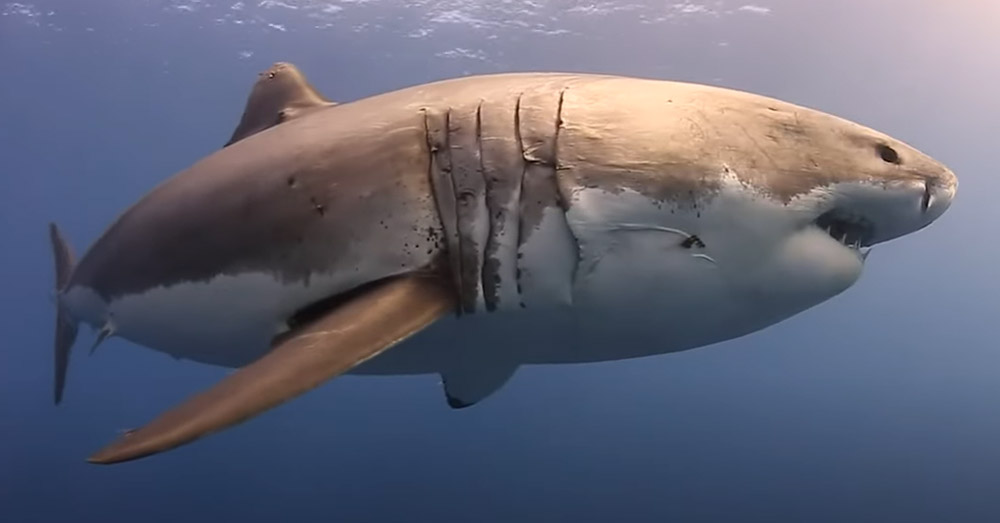
Climate Change Threatens the Ecosystem with Great White Sharks Appearing in Unexpected Waters
The ecosystem is meant to be balanced in order to have stability for all species. Having predators and prey has kept the world thriving — preventing overpopulation and maintaining each habitat. However, attaining ecological balance doesn’t only depend on the animals. Lots of factors can cause a disturbance, such as natural calamities, human practices, and insufficient food sources. These days, the number one culprit in losing ecological balance is climate change.

Climate change has tremendously affected lives. Scientists have been working left and right to resolve the aggravating issue. The problem is that climate change affects not just one ecosystem — all significant parts of the planet are badly impacted. Under the sea, there is an ongoing difficulty with the Great White Shark. As an apex predator, it keeps the marine ecosystem steady — helping the ocean stay healthy and thriving.

However, studies have shown that Great White Sharks have been making territories in places they aren’t supposed to be. The encounters with the marine predator will most likely increase — especially in warmer waters. Scientists have discovered shark nurseries in Monterey Bay, California, which had never happened until after 2014. Such a rise in appearances is because Great white sharks prefer warm waters. The ongoing rise in the Earth’s temperature has lured the predator to other water territories.
Researchers have noticed the habitat shift from 2014 happened during a heatwave. After that, a large population of marine predators stayed in Monterey Bay. “Fascinatingly, after that heatwave stopped, it’s still been warm, and the white sharks haven’t left — they’re still here,” said the chief scientist of Monterey Bay Aquarium, Kyle Van Houtan. The appearance of white sharks has threatened the ecosystem through a habitat shift because they have started preying on southern sea otters.

Based on reports, the number of sea otters has decreased to 86% since 2014. “Sea otters are a threatened species and very important for the California coast as ecosystem engineers both in kelp forests and seagrass meadows,” explained Van Houtan. Aside from sea otters, marine predators and prey are now living in close proximity as California’s coast shrunk by 5%. For this reason, the fish population also shrunk, including salmon. Kyle Van Houtan co-authored a study on the environmental issue, which was published in Scientific Reports.

Although alarming, scientists also shared a positive take on the situation. “Some of the data right now might indicate that white sharks are a beneficiary of our current climate. They’re doing well under current climate,” said Dr. Chris Lowe, professor of Marine Biology at California State University at Long Beach and director of the Shark Lab. “It might be actually helping their population.” Dr. Lowe and his students have observed the white sharks annually, tagging 60 of them every year.
Different research teams are still assessing the situation and have shared pieces of information from their respective studies. But one thing is for sure: climate change has truly modified the world, and it’s the main reason for all ecological disturbance. These changes require action, and if you encounter sharks on the California coast, you’d best believe they do not intend to harm you. Dr. Lowe’s team has discovered that humans and sharks have been coexisting well since the habitat shift. But if the predator’s presence bothers you, it is best to maintain a safe distance and never show signs of wanting to threaten a shark.